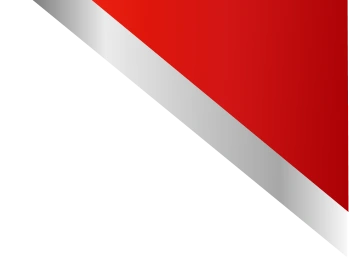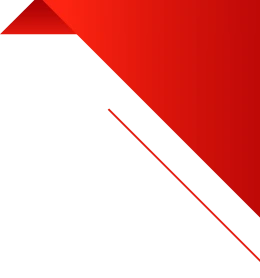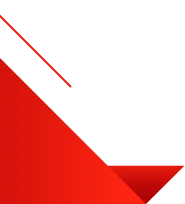The term "waterjet" generally refers to the water cutting technology as well as the cutting and cleaning machines themselves that use water under high pressure. This technology was initiated in the West in the 1970s and was then used mainly in industry. However, it was only technological progress in the 1990s that allowed it to be spread among smaller enterprises and later around the world. From the very beginning, waterjet technology has been popular among small enterprises producing individualized projects due to the low cost of operating the machines. Interest in this technology in Poland began mainly thanks to popular science programs broadcast on television (e.g. Discovery Channel).
To be more precise, the word waterjet, meaning "jet of water", refers to the method of cutting with water alone. However, due to the limitation of this method to cutting only soft materials (i.e. foam, rubber, paper), technologies were developed in the 1980s abrasive water jet (AWJ) and abrasive water suspension jet (AWSJ). Abrasive water jet is water cutting with the addition of abrasive, however abrasive water suspension jet involves the production of a suspension water-abrasive stream. Both technologies in Poland are called hydro-abrasive or water-abrasive machining. Most often, however, people in the industry use the word "waterjet" to describe the cutting technology with both water only and water with the addition of abrasive. Technology abrasive water jet due to its ability to cut very hard materials, it is the most common in the industry.
The drawing below shows the cutting head of the AWJ system and the process of creating the cutting stream inside it.

The principle of creating a water-abrasive jet
Source: http://waterjet.org.pl/podstawy.html
As can be seen in the figure above, the process of creating a cutting jet begins with the introduction of water under high pressure (3500-6000 bar) through a small hole in the water nozzle. orifice) into the mixing chamber. A very high velocity of water under high pressure creates a vacuum that automatically sucks in the abrasive. garnet) into the chamber where they are mixed. The resulting mixture is formed in a mixing nozzle. mixing tube) creating a water-abrasive stream. The speed of this stream just behind the nozzle outlet is over 500 m/s. In this way, water, by accelerating abrasive particles to a very high speed, is able to cut even the hardest materials.
This process is characterized by the following parameters:
- Working pressure: 350-600 MPa
- Water flow: 4-6 l/min
- Abrasive output: 300-500g/min
- Water nozzle diameter: 0.3-0.4 mm
- Mixing nozzle diameter: 0.8-1 mm
A water cutting machine consists of three basic components: a work table, a pump and a controller. In the case of abrasive water cutting (AWJ), it is also necessary to have an abrasive feeding system and a used abrasive removal system. The most important element of the Waterjet machine is the high-pressure pump, thanks to which water under high pressure can be supplied to the head through special conduits. Abrasive is also supplied to the head via a flexible hose. The head is mounted on a movable arm and its movement takes place in the X/Y axis directions. The movement of the head is controlled by a controller with software that controls the movement of the machine. The working area of the machine is located under the head. It consists of a bathtub filled with water and a grate mounted on it, on which the material to be cut is placed. Due to the small distance of the nozzle from the processed material (approx. 1-1.5 mm), the grate should be perfectly level. Raising the water level in the bathtub to flood the processing zone significantly reduces the noise caused by the operation of the machine. Moreover, the water in the bathtub acts as a braking force for the water stream.




